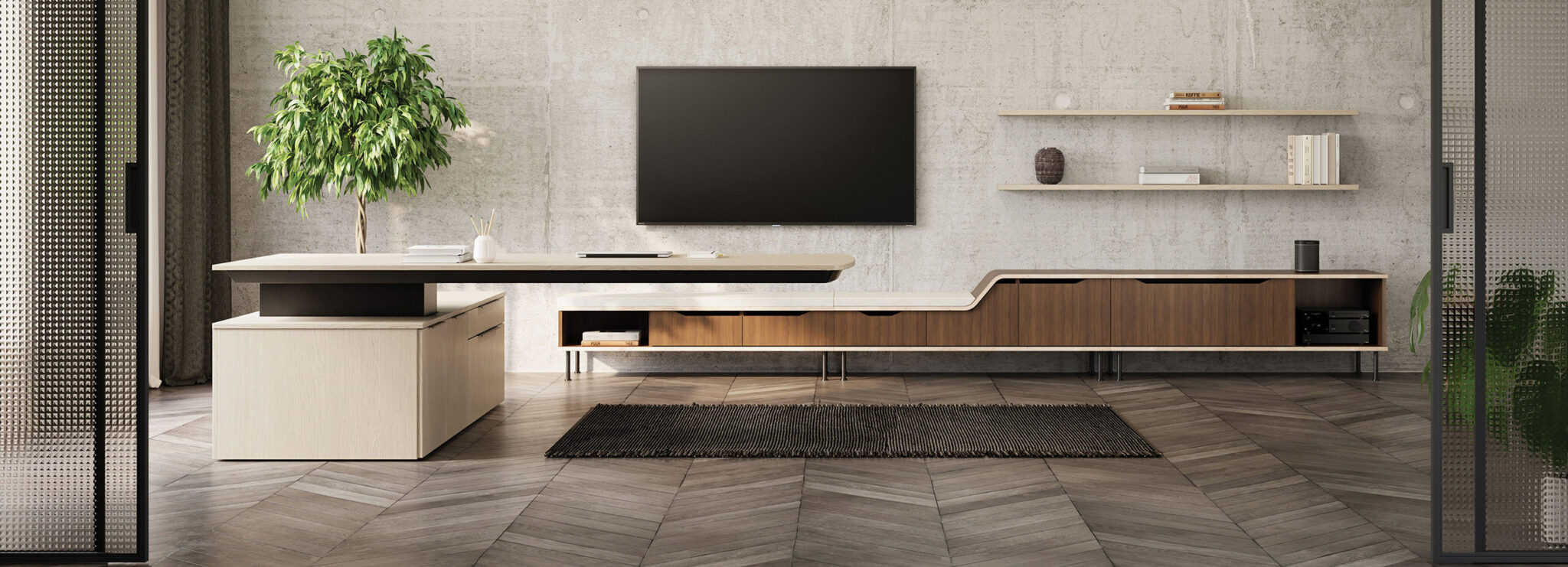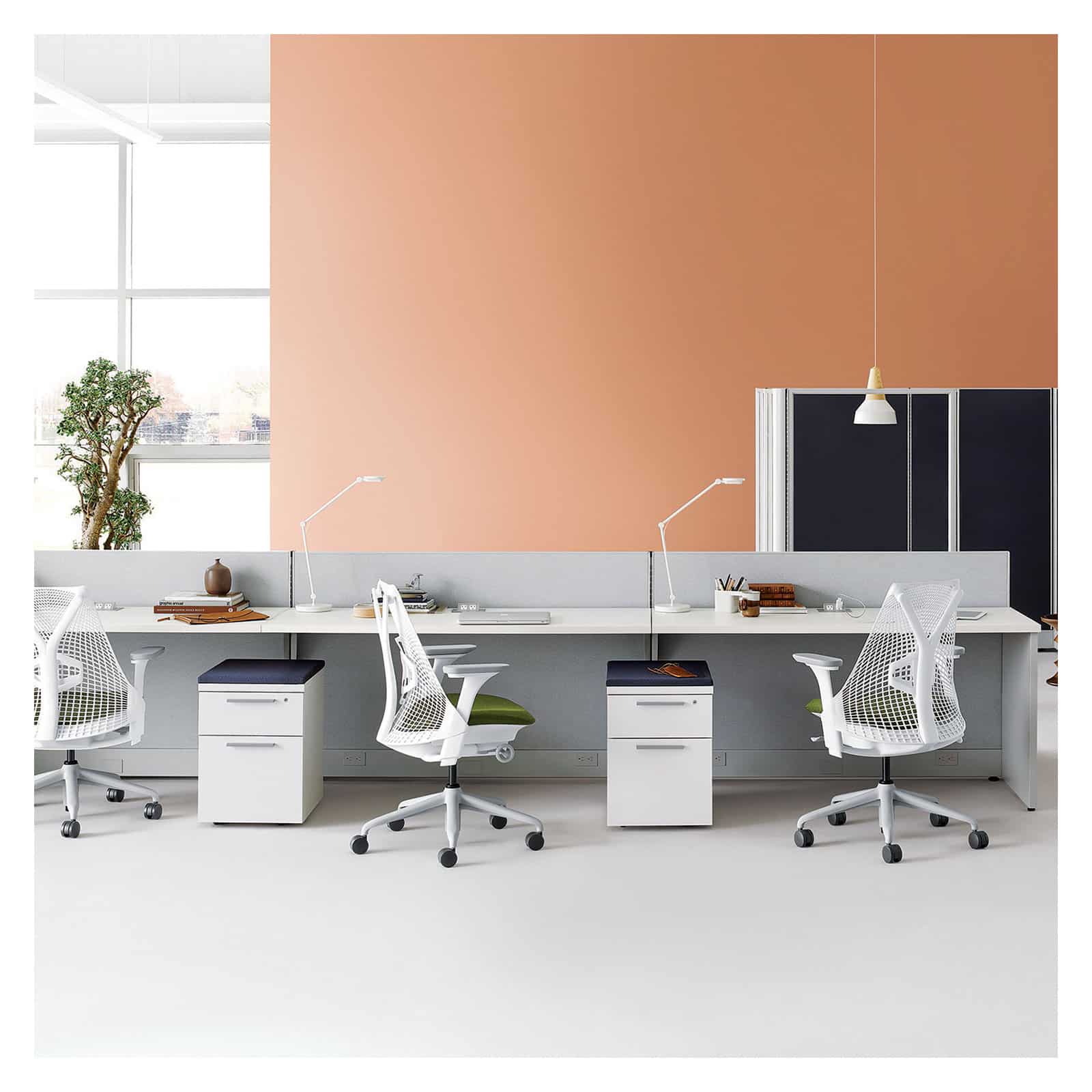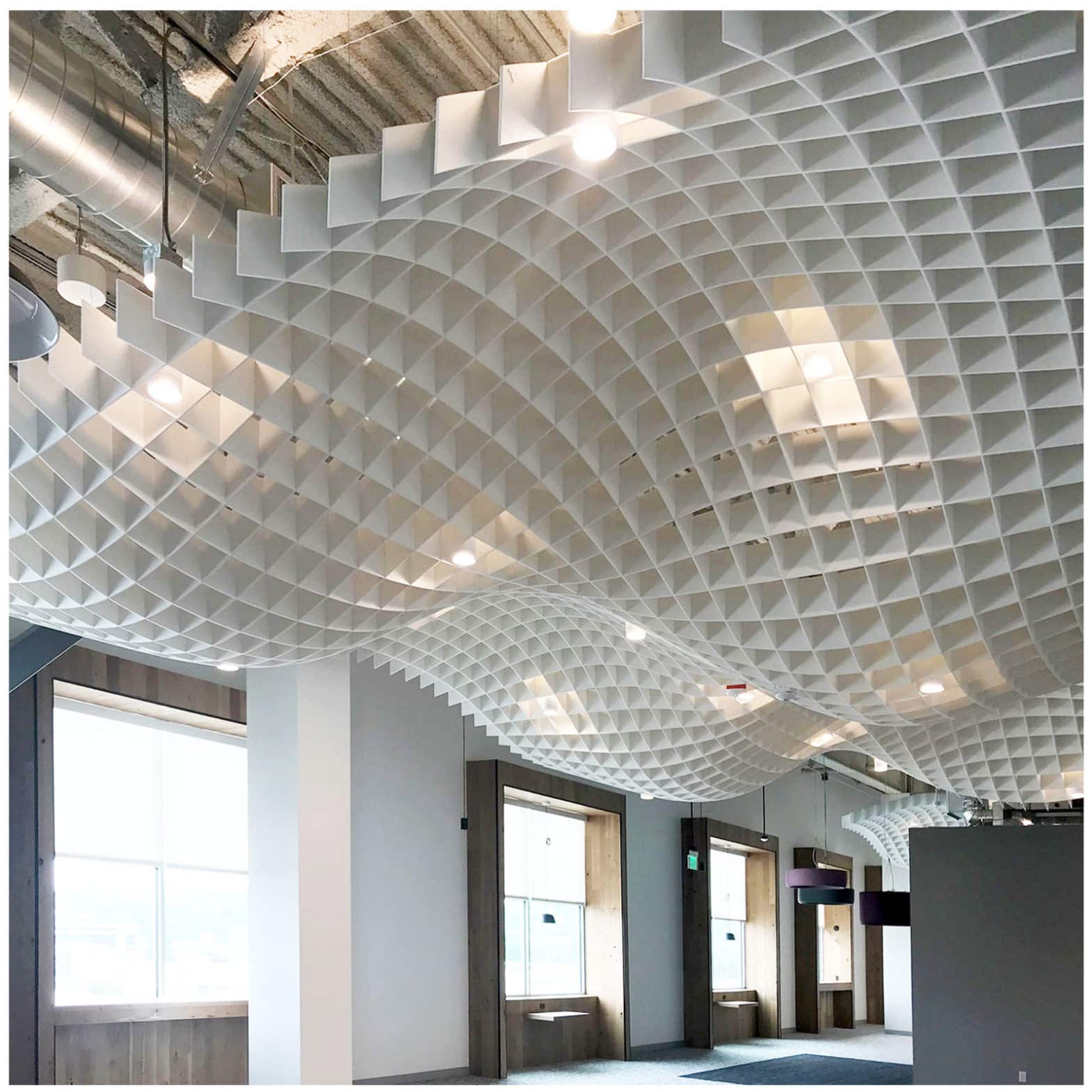Modern Office Furniture Trends
As we step into 2025, the workspace is evolving at an astonishing pace. Modern Office Furniture Trends are not just about aesthetics anymore; it’s about creating functional, flexible spaces that cater to well-being and productivity. In this piece, we will explore the most exciting trends that are reshaping the modern office landscape, giving you insights into what to look out for this year.

1. Sustainable Materials Take Center Stage
Sustainability has become a principal focus for many in the design community, reshaping how we think about contemporary office furniture. Natural materials are gaining popularity as businesses strive to reduce their carbon footprints. For instance, furniture made from reclaimed wood not only adds character to a space but also tells a story of resourcefulness. This push for sustainability goes beyond aesthetics; it reflects a commitment to responsible consumption and ethical production practices.
Another notable trend is the increased use of recycled materials, such as plastic and metals, in office furniture design. Eco-friendly products are more than just a passing fad. They resonate with environmentally conscious clients who value responsible sourcing. A desk made from recycled materials can be a striking centerpiece that sparks conversation and showcases a company’s core values.
2. Biophilic Design for Healthier Workspaces
As we become more aware of the importance of mental health in the workplace, biophilic design is emerging as a focal point in Modern Office Furniture Trends. This approach integrates natural elements into the workspace, promoting mental well-being and enhancing productivity. Incorporating greenery and natural light helps create an environment that feels soothing and restorative.
Furniture pieces designed to complement this trend—including planters, living walls, and organic shapes—are gaining traction. Such designs encourage a connection with nature, which has been proven to improve mood and reduce stress. Imagine enjoying your workday while surrounded by lush plants or sitting on a chair made from sustainably sourced materials that mimic organic forms—it transforms the workplace into a rejuvenating sanctuary.
3. Modular Furniture for Flexible Layouts
Flexibility is key in the modern workplace, and modular furniture is leading the charge in creating adaptable spaces. These versatile pieces allow for easy reconfiguration depending on team needs or project requirements, vastly improving space utilization. For instance, modular sofas can be rearranged for casual meetings, or desks can be combined to form collaborative workstations.
The modular approach not only enhances functionality but also promotes a sense of community among employees. When spaces can evolve as teams change or grow, it fosters collaboration and innovation. With various arrangements possible, businesses can easily pivot their office design to meet emerging challenges in the fast-paced work culture.
4. Ergonomic Designs for Comfort and Productivity
As remote work continues to be a staple for many, ergonomic furniture solutions are increasingly important in maintaining comfort and productivity. More companies are investing in adjustable desks, ergonomic chairs, and accessories that promote better posture and reduce strain. The transition from traditional office setups to home offices highlights the need for supportive designs that cater to individual body types.
The focus on ergonomics not only enhances employee comfort but also drives productivity. Discomfort leads to distraction, so prioritizing health in our furniture choices translates to a better work experience. Furthermore, as more workers demand flexible arrangements, offering ergonomic options can be a key factor in attracting and retaining top talent.
5. The Rise of Smart Office Solutions
Today’s technology-infused workplace is paving the way for smart office solutions that enhance functionality. From desks with built-in charging ports to chairs equipped with sensors that encourage movement, contemporary office furniture is becoming more than just a place to sit or work. These innovations help create a seamless integration of technology within the workspace.
AI and IoT features are becoming standard, enabling furniture to adapt to users’ habits and preferences. For example, smart desks can remember user settings for height adjustments, while collaborative boards can sync with team members’ devices. This intelligent furniture fosters efficiency, ensuring that employees can focus on what’s truly important—their work.
6. Vibrant Colors to Inspire Creativity
Color psychology plays a vital role in the modern office, and the use of vibrant colors is on the rise. As organizations recognize that a stimulating environment can enhance creativity, we see bold color choices making their way into furniture designs. Bright hues can turn an ordinary office into a space that inspires innovation and engagement.
Designers are introducing multi-colored office partitions, furniture, and decor elements that break away from the dull neutrals of the past. For instance, bright yellow chairs or deep blue desks can inject energy into a bland space. This playful approach to office design encourages employees to think outside the box and embrace their creative sides.
7. Minimalism: Less is More
In stark contrast to vibrant colors is the minimalist approach thriving in Modern Office Furniture Trends. A ‘less is more’ philosophy emphasizes clean lines, subtle palettes, and simple forms. This trend draws attention to the quality and functionality of the furniture rather than excessive decoration, making spaces appear cleaner and more inviting.
Minimalist furniture fosters clarity of thought and can dramatically affect employee focus. By removing clutter and distractions, this design style creates a serene environment where people can work efficiently. Whether it’s a sleek desk or a simple bookshelf, every piece serves a purpose, reinforcing the idea that thoughtful design can lead to a better workspace.
8. Collaboration Spaces Designed for Teamwork
As organizations place a higher value on teamwork and collaboration, the design of collaborative spaces is evolving. Office furniture is being tailored to foster interaction, with group tables and informal seating areas replacing traditional cubicles. The setup encourages creative communication and spontaneous brainstorming sessions, essential for innovative problem-solving.
This trend promotes an open atmosphere where ideas can flow freely. Comfortable lounge chairs, collaborative workstations, and areas designed for informal meetings enhance team dynamics. By creating multifunctional spaces, organizations are recognizing that the right environment can have a profound positive impact on creativity and team cohesiveness.
9. Vintage and Retro Styles Make a Comeback
Nostalgia is a powerful design tool, and the revival of vintage and retro styles is bringing character back into contemporary office furniture. By incorporating mid-century modern pieces or repurposed vintage items, offices are adding a touch of personality and warmth. These choices create inviting spaces, making them feel less sterile and more like a home.
Small decorative items, such as vintage lamps or classic office accessories, further enhance the aesthetic. This unique blend of past and present allows for storytelling and personal expression within a workspace. As companies search for ways to stand out, embracing retro styles offers a distinct look that resonates with employees and clients alike.
10. Multi-Functional Furniture for Everyday Use
The modern workspace demands adaptability, making multi-functional furniture a crucial trend in contemporary office design. Furniture that serves multiple purposes is not only space-efficient but also increases the value derived from each piece. For example, a conference table that can be converted into a workspace or storage units that double as seating are prime examples of this philosophy.
Such versatility allows organizations to maximize their spaces, ensuring that every area remains functional throughout the day. As work styles evolve, so too must the designs we adopt. Whether threading dual-purpose elements into your design or seeking out innovative solutions, multi-functional furniture enhances productivity and caters to diverse needs.
11. Acoustic Solutions for Sound Management
Noise levels can significantly affect productivity and focus, leading to a growing need for acoustic solutions in office design. Contemporary office furniture is increasingly incorporating soundproofing elements, with options like acoustic panels, sound-absorbing partitions, and specialized seating. These enhancements create quieter areas where employees can concentrate and collaborate without distractions.
Furthermore, the integration of these solutions into furniture design aligns with the overall emphasis on employee well-being. By considering acoustic comfort, organizations are not only addressing a practical concern but also promoting a healthier working environment. It’s this forward-thinking approach that exemplifies the future of contemporary office furniture.
12. Customizable Pieces for Personal Touch
Customization is becoming a priority for contemporary office furniture as workplaces become more unique to their teams. Offering customizable pieces allows employees to express their preferences and personalities, creating a sense of ownership over their work environment. Options range from colors and materials to configurations that suit their individual tasks.
This trend acknowledges that a one-size-fits-all approach does not work for everyone. By providing employees with the ability to personalize furniture, organizations can foster a sense of belonging and engagement. As the line between professional and personal spaces blurs, customizable furniture helps bridge the gap, making offices feel like true extensions of people’s identities.
13. Tech-Embedded Furniture for Efficiency
With the continued rise of technology in our daily lives, tech-embedded furniture is becoming increasingly prevalent in office design. Furniture pieces with built-in technology—such as charging ports, wireless charging pads, and even integrated screens—are enhancing convenience and increasing workspace efficiency. These cutting-edge designs help streamline workflows and cut down on unnecessary clutter.
Moreover, integrating technology directly into furniture encourages seamless collaboration during meetings. By equipping tables with smart boards or connectivity features, teams can share ideas without interruptions. As remote work becomes standardized, tech-embedded solutions are paving the way for smooth transitions between in-person and virtual collaboration.
14. The Influence of Remote Work on Design Choices
The shift toward remote work has irrevocably changed how we approach office design. Furniture choices now reflect a demand for flexibility, comfort, and functionality that caters to hybrid work models. Companies are rethinking their layouts, investing in adaptable furniture that meets diverse needs, and creating spaces that accommodate various work styles.
These changes signify the recognition that our work environments must evolve alongside our habits. As employees continue to blend remote and in-office work, furniture must adapt, providing the support they need regardless of the setting. This shift emphasizes the importance of thoughtful, supportive design in contemporary office furniture.
15. Cultural and Artistic Influences in Office Spaces
In an increasingly globalized world, contemporary office furniture design is reflecting a rich tapestry of cultural influences. Businesses are no longer just looking for functional pieces; they’re seeking designs that tell a story and resonate with diverse backgrounds. This shift fosters inclusion and allows employees from various cultures to feel represented in their workspace.
Furniture that merges artistic expression with functionality enriches the office environment. Pieces that draw from different cultural aesthetics can create visually stunning spaces that invite creativity and dialogue. Incorporating these elements promotes a sense of belonging and appreciation of diverse artistry in the workplace, ultimately enhancing employee satisfaction.



